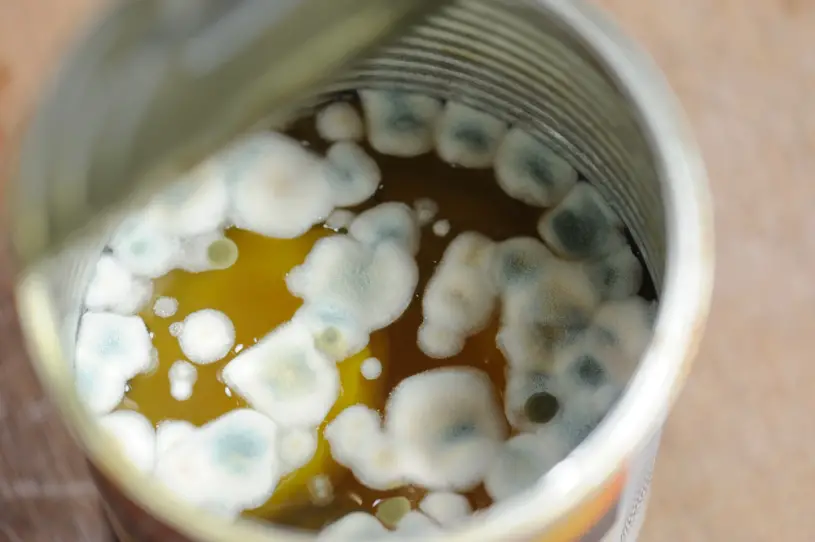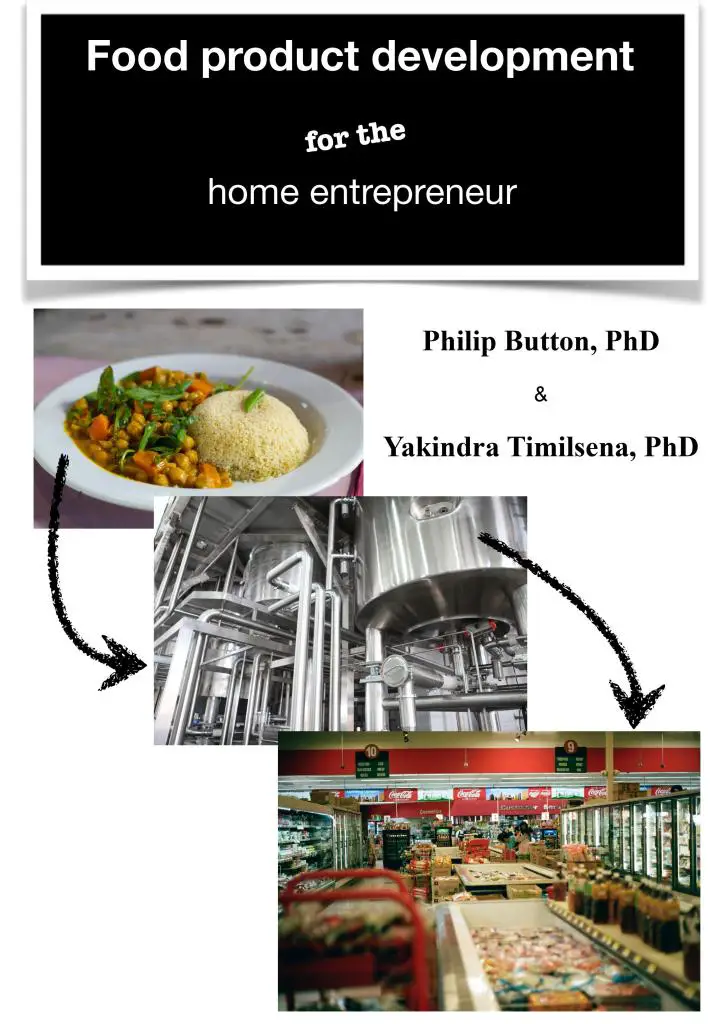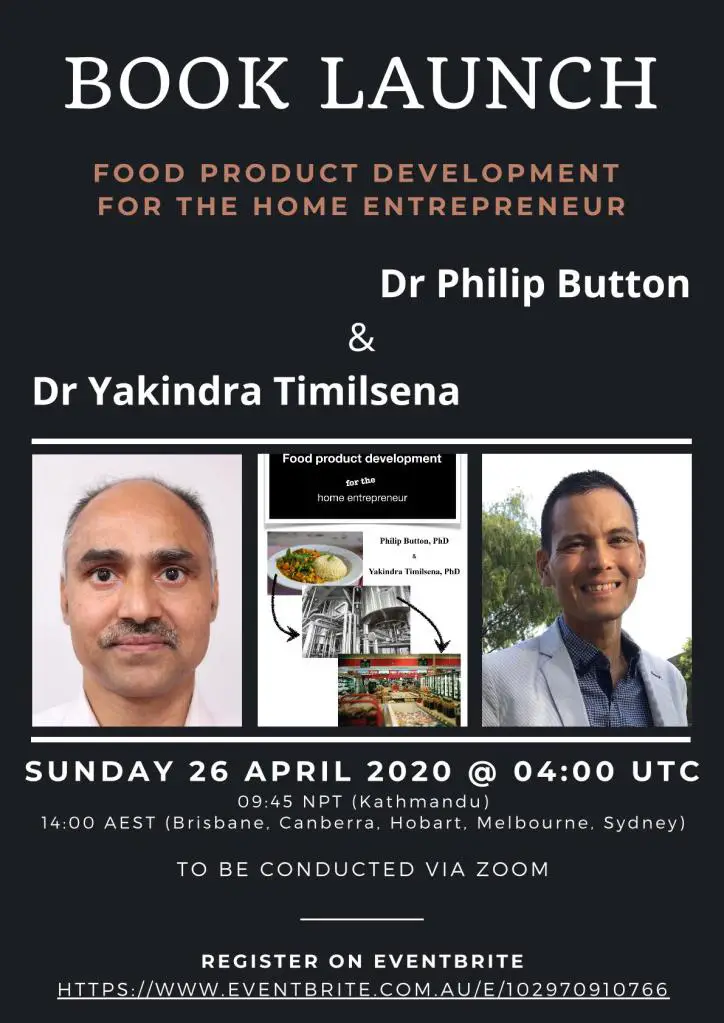I’m writing a book titled Food product development for the home entrepreneur (Figure 1), co-authored with Dr Yakindra Timilsena from the Centre for Food and Nutrition Studies here in Melbourne. We’ve teamed up to share our understanding of the food product development process to assist accomplished home cooks, home cooks that have an idea that they may want to pursue commercialisation of a much-loved home cooked dish. Dr Timilsena has contributed the section on the practice of food product development, whereas I have written on the principles of food product development.
For an insight into our soon to be released forthcoming joint publication, I’ve provided the below text below, which is an extract from the book. Specifically, it is from section 3.3 “Shelf-life and food spoilage” within the third chapter, titled “Design and development”. This section of the book gives an idea of the shelf-life considerations of a new product, as they relate to food spoilage – the next section, 3.4, is about HACCP and food safety.
To launch our book, we’ll be having a book launch event (Figure 2) on Sunday 26 April 2020 at 04:00 UTC, that’s: 21:00 (on 25/4) US Pacific time; 23:00 (on 25/4) US Central time; 09:45 in Nepal; 12:00 in Perth, Singapore, Malaysia, Taiwan, China; 14:00 on the east coast of Australia and 16:00 in New Zealand. Look forward to seeing you there. It’s a half hour online event via Zoom, with registration through Eventbrite … https://www.eventbrite.com.au/e/102970910766
So here we go, this is section 3.3, Shelf-life and food spoilage…
Food, by its very nature, is perishable. It’s of biological origin and is produced in the agricultural environment. Therefore, the presence of microorganisms on and sometimes in the raw material, along with the finished food product, is unavoidable. Of course there are many instances of product contamination that are avoidable. Biofilms on processing equipment, non-aseptic filling and poor hygiene practices of food processing line workers are instances of avoidable contamination. When one considers potential for microbial contamination, there are vast differences between commodities, with each type of raw material and finished product having its own characteristic microflora and spoilage, as well as safety considerations. This reflects the natural flora of the primary production environment and of the prevailing conditions within the food, the conditions which can dictate growth and hence the type of microorganisms that grow there. Shelf-life, what limits it and how best to extend it, is a complex process in which many factors come into play. Each factor needs to be considered individually, then in concert with one another, and not just at a single point in time, but how these factors play out along the usually complex agrifood supply chain with the dynamic microbial communities present.
It’s important to reach a stage of relative satisfaction with regard to a so-called ‘base’ formulation for your product. A formulation that one could make subtle changes to or tweak, in response to what shelf-life investigations might reveal. With the intended supply chain in mind, and the base formulation in place, shelf-life trials can commence. Of course, the best way to approach this is to simulate shelf-life, and indeed this is the most obvious, simplest and the one which would yield the most precise results. However, in the case of long shelf-life products, and we’re talking about products with a shelf-life as long as one or two years here, the conduct of a shelf-life trial for two years may be impractical. Under such circumstances, accelerated shelf-life trials or predictive modelling can be undertaken, and there are various research papers in the scientific literature describing mathematical modelling of the growth of various microorganisms from a spoilage or safety consideration.
To know where to start extending shelf-life, it is important to know some basic facts – such as the current shelf-life, the preservation approaches currently employed, what limits shelf-life, length of the current and anticipated supply chain and the expected environmental conditions experienced, along with the microbiological quality of the raw materials and the processing environment. This information, coupled with an understanding of the typical spoilage or pathogenic microorganisms associated with that food, will give an excellent indication as to how shelf-life can be extended. There are many ways to extend shelf-life – chemical preservatives, traditional processes such as heat and a myriad of new and emerging non-thermal methods of food preservation, among others. Some are better suited to certain food types, certain microorganisms or may have other constraints related to the supply chain or economic considerations.



